Edge-of-field erosion & runoff solutions
There are a range of edge-of-field mitigation practices that can be used to minimise the effects of erosion and runoff on water quality in New Zealand landscapes. If you are more interested to find out about ‘in-field’ mitigation practices, then please refer to the bottom of this page.
If you have identified that erosion & runoff is of concern on your land, you may be interested to find out more about the following edge-of-field mitigation technologies. These have all been developed specifically to address erosion & runoff problems and their associated impact on the quality of water passing though farms.
-
- tps://verdantiaresearc
Detainment bunds
A Detainment Bund PS120© is a special type of sediment trap to temporarily detain stormwater runoff from pasture lands. It intercepts stormwater run-off by briefly ponding it on pasture to reduce significant amounts of sediment, phosphorus, and pathogens. Runoff ponding is achieved by constructing low earth bunds across valley floors where water flows during high-intensity rain storm events. Water ponding is controlled by a flow structure and a spill way in case of a very high runoff event. Pasture growth in the ponding area is not compromised due to temporary storage and then release of the ponded water.
Constructed Wetlands
An artificially created wetland is an area where the flow of drainage and/or runoff is slowed, and so the soil is very wet and there is often ponding. Plants growing in wetlands need to be tolerant of these conditions. Wetlands can be either natural i.e. they have developed naturally, or they can be purpose built or constructed. During this time of relatively slow movement of drainage and runoff through the wetland, contaminants are removed from the water.
The plants will uptake nutrients in the water such as nitrate and inorganic phosphorus, the wet conditions will encourage denitrification (the conversion of nitrate to dinitrogen gas), the larger sediments will settle, and the finer sediments are likely to be trapped on biofilms that form on the litter and plants under water. Therefore, wetlands can effectively improve water quality as it leaves the farm and before it arrives in streams and rivers. A constructed wetland is often the best edge-of-field mitigation where there are large volumes of drainage and/or runoff with smaller concentrations of contaminants.
Links to In-Field Mitigations
If however you are more interested to find out about in-field mitigation solutions, the following links may be of interest:








